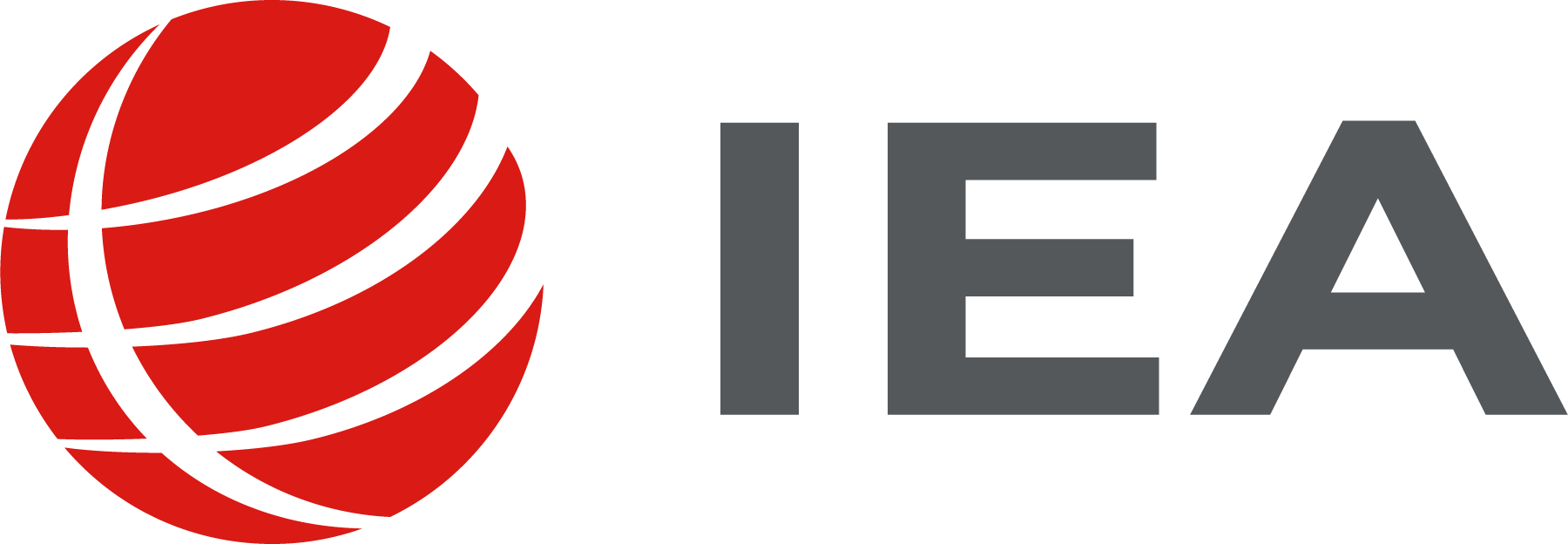ICILS was designed to respond to a question of critical interest today: How well are students prepared for study, work, and life in a digital world? The study measures international differences in students’ computer and information literacy (CIL). This type of literacy refers to students’ ability to use computers to investigate, create, and communicate in order to participate effectively at home, at school, in the workplace, and in the community. In addition to student achievement, the study collects a rich array of contextual data on students' home and school environments. ICILS provides education systems and policymakers with an important data source on the contexts and outcomes of CIL-related education programs.
Over the past four decades, information and computer technology has had profound impact on our daily lives, work and social interactions. ICILS deals with the core knowledge, skills and understanding students need to succeed in this dynamic information environment. Participating in ICILS provides countries with reliable, comparable data about young people’s development of 21st century CIL skills.
The map below provides an overview of all educational systems (countries and benchmarking entities) that have participated in one or more cycles of ICILS. Please see the individual cycle pages for further details.
In addition to the core assessment of student's computer and information literacy skills, countries have an option for their students to complete an assessment of computational thinking: the process of working out exactly how computers can help us solve problems. This domain includes not only programming but also structuring and manipulating data sets.
The ICILS target population comprises students in their eighth year of schooling. In most education systems, the eighth year of schooling is Grade 8, provided that the average age of students in this grade is 13.5 years or above. In education systems where the average age in Grade 8 is below 13.5, Grade 9 is defined as the ICILS target population.
ICILS helps countries to monitor their own national targets regarding students’ digital competences and also provides a solid evidence base for researchers, educators, and policymakers for monitoring progress toward the UN's Sustainable Development Goals (SDGs). Read more about IEA's support for, and contribution to, SDG measures.
Furthermore, ICILS data is recognized as an official EU target by the Council of the European Union and EU Member States to support strategic priorities towards the European Education Area and beyond (2021-2030). More about the resolution adopted by the Council can be found here.
In recognition of the contribution from ICILS data toward developing European education policies, the European Commission provides funding for Erasmus+ countries participating in ICILS 2023. The initiative—led by the Education, Audiovisual, and Culture Executive Agency—provides up to 75% of international costs for Erasmus+ countries to participate. Read more here.
The Australian Council for Educational Research (ACER) in Melbourne served as the international study center for the 2013 and 2018 cycles of ICILS. ACER was responsible for designing and implementing the study in close cooperation with the IEA, and the national centers of participating countries. For the 2023 cycle of ICILS, IEA serves as the international study center.

